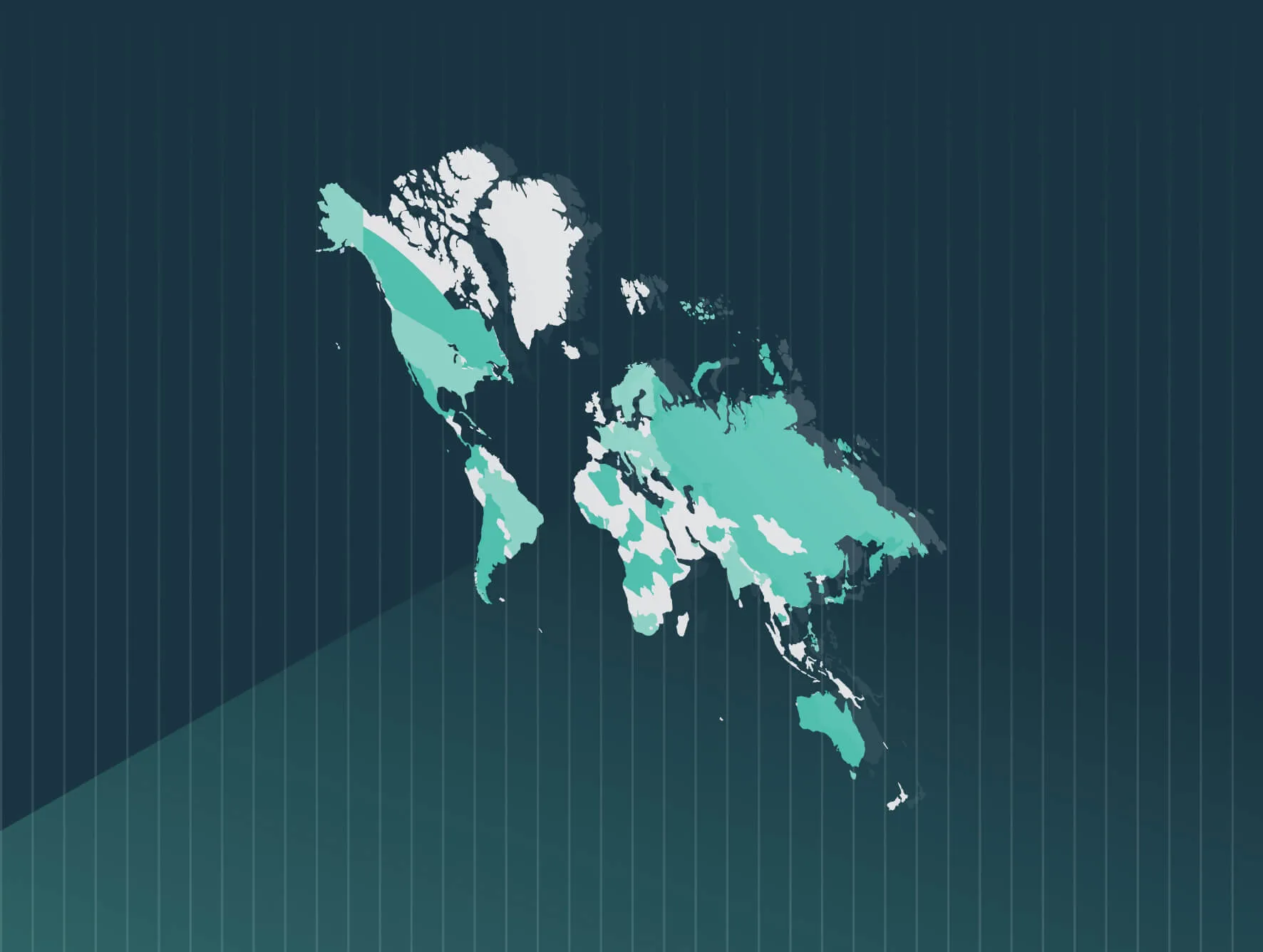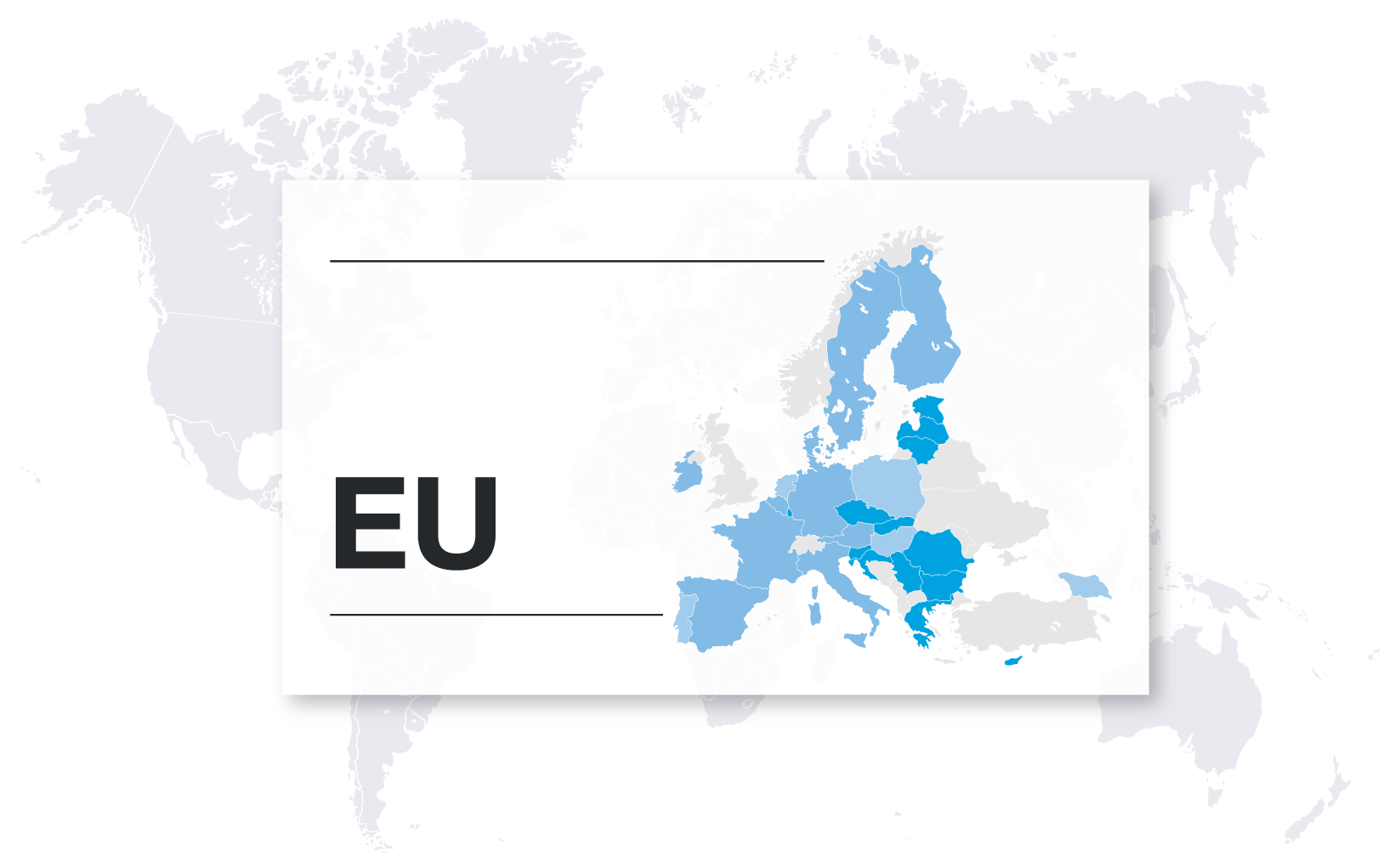It’s just a few months since new pay transparency legislation became EU law. Forward-looking employers can take steps to ensure EU Transparency Directive implementation now.
Organizations have three years – until June 7, 2026 – before pay transparency legislation is transposed into law. But three years is only a short time when the EU faces a 12.7% gender pay gap which has only shifted marginally in the past decade.
Four reasons for legislative reform
Some major causes of the gender pay gap are identified by the European Commission as follows:
- Sectoral segregation: 24% of the pay gap is related to the overrepresentation of women in low-wage sectors. The EU notes that “highly feminized” jobs are undervalued.
- Unequal share of paid and unpaid work: Women have more work hours per week compared to men but spend more hours on work that is unpaid.
- Glass ceiling: Less than 8% of CEOs in top companies across the EU are women, but the biggest gender pay gap is in management. Female managers earn 23% less than their male counterparts.
- Pay discrimination: In some cases, it is simply that women are paid less than men for doing equal work or work of equal value. “Equal pay for equal work or work of equal value” is a principle enshrined in the European Treaties (Article 157 TFEU) since 1957.
Gender pay gap reporting across the EU
A “snapshot” review of five EU nations supports the European Commission’s findings, and demonstrates the challenges facing employers.
In Germany, a study from the Dusseldorf-based Institute of Economic and Social Research doesn’t just confirm an 18% pay gap, it shows that in 45 out of 46 sectors, women earn less than men. Moreover, in 26 out of 34 industries, more men are in leadership roles than women, and they make more management decisions.
Austria faces a similar problem, as about one-third of its 18.8% gender pay gap is due to gender related employment differences. Women are employed in lower-paid jobs and sectors compared to men, but there is no clear justification for the pay gap. Justification for any pay gap will be required under the EU Transparency Directive. Based on levels of education, women should be earning more than men.
Some countries lack comprehensive data on their gender pay gap but have taken steps to address that issue. For instance, Ireland’s gender pay gap is estimated at between 12.6% to around 14.4%. At present, Irish employers with over 250 employees (including part-time staff, and those on annual leave), must report on:
- Differences between the average hourly pay of male and female employees
- Differences between the average bonus pay of male and female employees
- Percentage of male and female employees who received bonuses and benefits in kind.
Gender pay gap reporting must include the reasons for the difference in pay and steps taken to reduce or eliminate the pay gap. EU legislation requires gender pay gap reporting for all organizations with 100 or more employees, significantly expanding the impact of the Directive in Ireland.
Even employers in the EU nation with the lowest gender pay gap may face obstacles to compliance. 2021 data shows that women working full-time in Luxembourg earn 0.2% more per hour on average compared to men. But the headline data is misleading.
Nearly one in three women in Luxembourg work part-time, so readjusted figures suggest a 13% pay gap. Accuracy of employer data is paramount to comply with pay transparency legislation.
Elsewhere, there are cultural challenges to legislative reform. Gender stereotypes in Estonia are major factors driving a pay gap of over 20%.
EU legislative reform in brief
To summarize, significant pay transparency legislation changes for employers to be aware of include:
- Employers must provide information about the pay level of their job listings prior to job interviews. They cannot ask candidates for information on their salary history.
- Workers can ask for information on their individual and average pay levels, categorized by gender, for workers doing the same work or work of equal value. They must also be given access to criteria used to define salary and pay raises.
- Employers must share information about their gender pay gap and act where it exceeds 5%. A Joint Pay Assessment is triggered if the pay gap cannot be justified on objective gender-neutral criteria, and is not resolved within six months.
- In cases of alleged pay discrimination, the burden of proof is on the employer.
- For the first time, intersectional discrimination is defined in EU legislation. Employers must also consider the needs of workers with disabilities.
The EU Directive deliberately uses the wider term of “worker” versus “employee” to create a wide and inclusive range of people. “Worker” includes independent contractors, agency workers, job applicants, part-time and full-time employees. It also extends to “domestic workers, on-demand workers, intermittent workers, voucher based-workers, platform workers, workers in sheltered employment, trainees and apprentices,” provided they meet the relevant criteria.
Effective strategies to overcome gender stereotypes
Creating a more inclusive culture might be a challenge, but it is possible. European employers can take inspiration from an unexpected source; the mining industry.
BHP’s Australian South Flank mine has achieved a 40% female workforce, and employs women in over 60% of senior leadership roles. This is in a male dominated sector where the gender pay gap is 17%.
Employers required to comply with EU pay transparency legislation can benefit from adopting BHP strategies. These include support for innovation, a radical approach to inclusion, and creating gender-balanced teams.
Support for equal pay measures
We’re not suggesting such radical change is easily achieved, but employers have no choice. The EU’s message is clear and uncompromising. Women have waited long enough for pay equity, and compliance is not optional.
That said, support may be available for employers.
Since 2022, Austrian organizations have been entitled to free advice on how to close the gender pay gap through the European Social Fund’s (ESF) “100 Percent” project. Backed by an €85 billion ESF investment to promote gender equality, the initiative supports employers to:
- Design transparent remuneration systems.
- Develop strategies to recognize and improve opportunities for women at work.
Prepare to comply with pay transparency legislation
Three years is only a short time to prepare for EU Transparency Directive implementation. We strongly recommend that employers adopt the following strategies now to ensure compliance:
- Review the total number of your employees working in the EU to understand your gender pay gap reporting requirements. In effect, by 2026, all large employers (250+ employees) must report gender pay gaps. By 2031, all smaller employers (100 or more employees) will have to comply.
- Review how you define employees within your organization to ensure it aligns with the EU broader definition of “Worker.”
- Reevaluate your recruitment processes. Under legislative reform, employers must provide job applications information about the pay level of their job listings prior to interview. They cannot ask candidates for information on their salary history. One way to achieve this is to create equitable, explainable, and competitive salary ranges. For example, is the base salary competitive and commensurate with employee skills?
- Employers must also be ready to explain how they differentiate and define performance in setting base salaries. Pay transparency legislation means workers must be given access to criteria used to define salary and pay raises.
- Analyze pay gaps across your company, and identify the causes where pay disparities exceed 5%. If there is no objective justification, we recommend addressing any anomalies to remove those unexplained gaps.
- Carry out an intersectional pay equity audit with Trusaic PayParity to identify the root causes of pay disparities in your compensation structure. Intersectionality is essential to close the gender pay gap. It recognizes that individuals can experience discrimination and inequality based on the intersection of multiple identities, such as race, gender, disabilities, age, and more. As noted above, intersectional discrimination is defined in the EU Transparency Directive.
Trusaic is GDPR compliant and can assist any organization in any EU state in meeting its obligations under both the EU Corporate Sustainability Reporting Directive and the EU Pay Transparency Directive.
Are you ready to comply with EU pay transparency legislation? Speak to one of our pay equity experts today.








